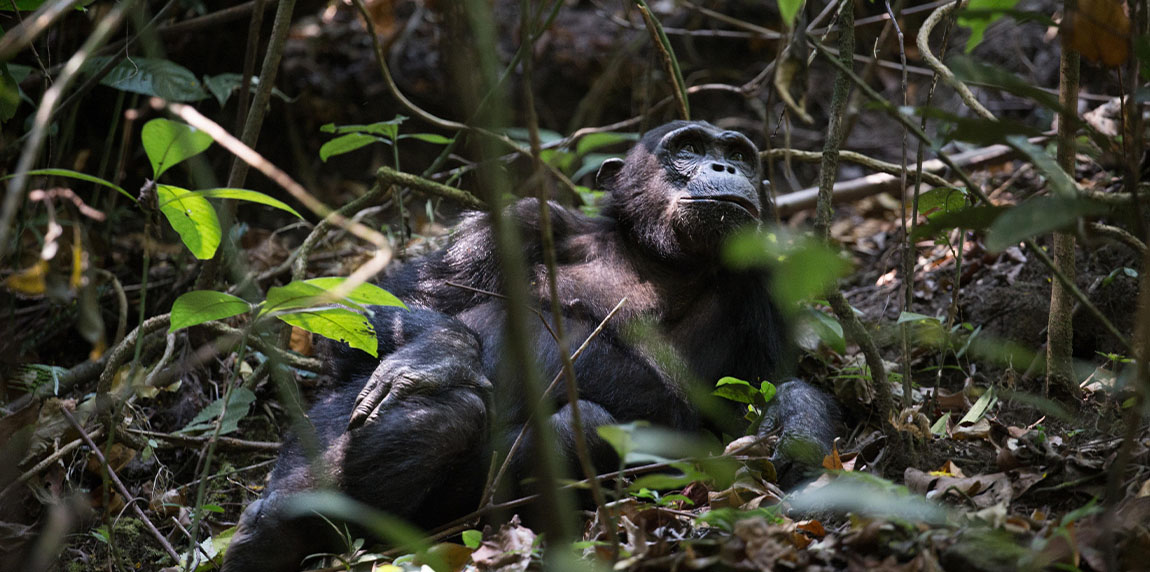Mahale Mountains National Park, located on the western shore of Lake Tanganyika, is one of Tanzania's most remote and enchanting parks, both culturally and historically rich. The area has long been inhabited by the Tongwe people, whose traditional lifestyle and culture are closely tied to the land and its natural resources. However, Mahale is most famously known for its association with chimpanzee research, following the work of renowned scientist Dr. Takeshi Furuichi, who studied the park’s chimpanzee populations.
The park is also a symbol of conservation, as it is part of a broader effort to protect both the unique biodiversity of the region and the lake’s delicate ecosystem. This rich history, combined with the stunning backdrop of the Mahale Mountains, has made the park a focal point for both cultural preservation and scientific research.
For tourists, Mahale offers an extraordinary and intimate experience, centered around chimpanzee trekking. The park is home to one of the largest populations of wild chimpanzees in the world, and trekking through its dense forests provides the rare opportunity to observe these fascinating primates in their natural habitat.
Beyond chimpanzees, Mahale is also rich in biodiversity, with other wildlife such as colobus monkeys, antelopes, and a wide variety of bird species, as well as the possibility to engage in boating, snorkeling, and fishing on the pristine waters of Lake Tanganyika. The park’s remoteness means that it offers a sense of seclusion and tranquility, ideal for those looking to escape the more crowded safari destinations.
